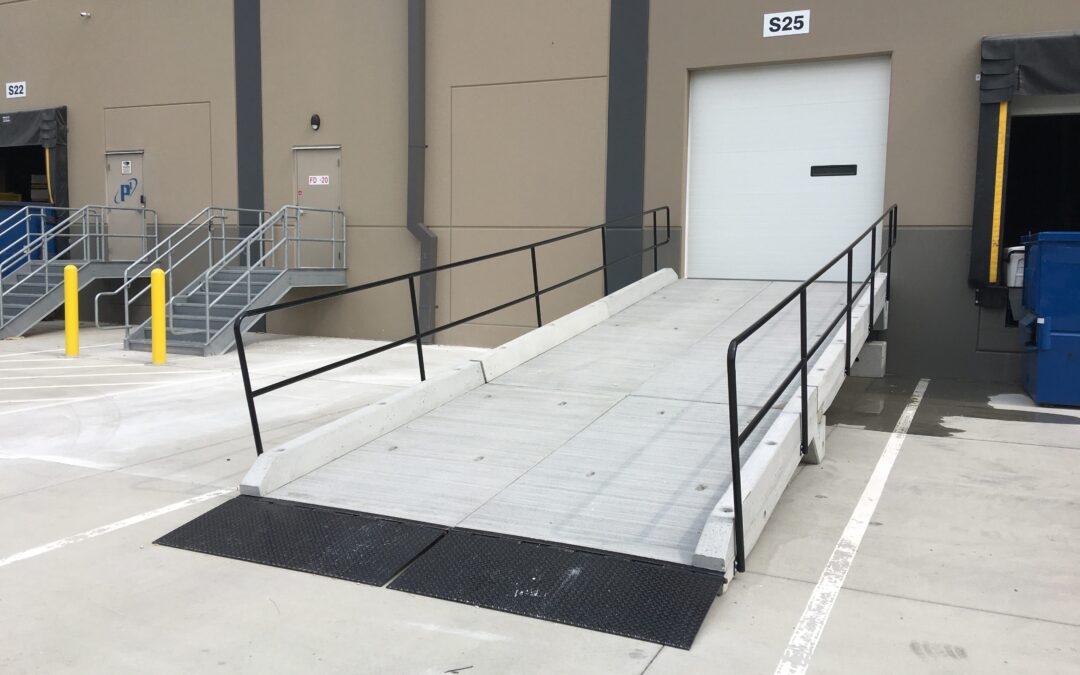Warehouse outfitting has a significant impact on safety within the facility. A well-designed and equipped warehouse can greatly reduce the risk of accidents, injuries, and property damage. Here’s how warehouse outfitting affects safety:
- Proper organization and layout: An efficiently laid out warehouse with designated areas for receiving, storage, picking, and shipping can minimize congestion and prevent collisions between forklifts, pallet jacks, and other material handling equipment.
- Clear signage and markings: Properly labeled and prominently displayed signs help guide employees and visitors, reducing the chances of getting lost or entering restricted areas. Clear markings on the floor indicate traffic lanes, hazardous zones, and emergency exits.
- Material handling equipment: The use of appropriate material handling equipment, such as forklifts and pallet jacks, designed for the specific needs of the warehouse, improves load stability and reduces the risk of accidents related to improper handling.
- Safety barriers and guardrails: Installing safety barriers and guardrails in strategic locations helps prevent accidental falls from elevated areas, such as mezzanines or loading docks.
- Ergonomics: Outfitting the warehouse with ergonomic workstations and tools helps reduce strain and physical fatigue on employees, leading to a lower risk of musculoskeletal injuries.
- Fire prevention and protection: Proper storage of hazardous materials, the installation of fire extinguishers, sprinkler systems, and fire exits, as well as regular fire drills, contribute to a safer working environment.
- Lighting: Sufficient and well-placed lighting ensures that employees can work safely, reducing the risk of tripping, falling, and handling errors.
- Floor maintenance: Keeping the warehouse floor clean and free from debris helps prevent slips, trips, and falls.
- Training and education: Outfitting a warehouse with safety measures is essential, but it’s equally important to provide proper training to all employees. Training programs should cover the safe operation of equipment, emergency procedures, and general safety guidelines.
- Regular inspections: Implementing regular safety inspections helps identify potential hazards and address safety concerns promptly.
- Personal protective equipment (PPE): Providing appropriate PPE, such as safety helmets, high-visibility vests, gloves, and steel-toed boots, contributes to reducing the risk of injuries.
Overall, a well-outfitted warehouse promotes a safety-focused culture among employees and visitors. By prioritizing safety measures during warehouse outfitting, businesses can significantly reduce the likelihood of accidents and injuries, ultimately leading to a more productive and efficient operation.

